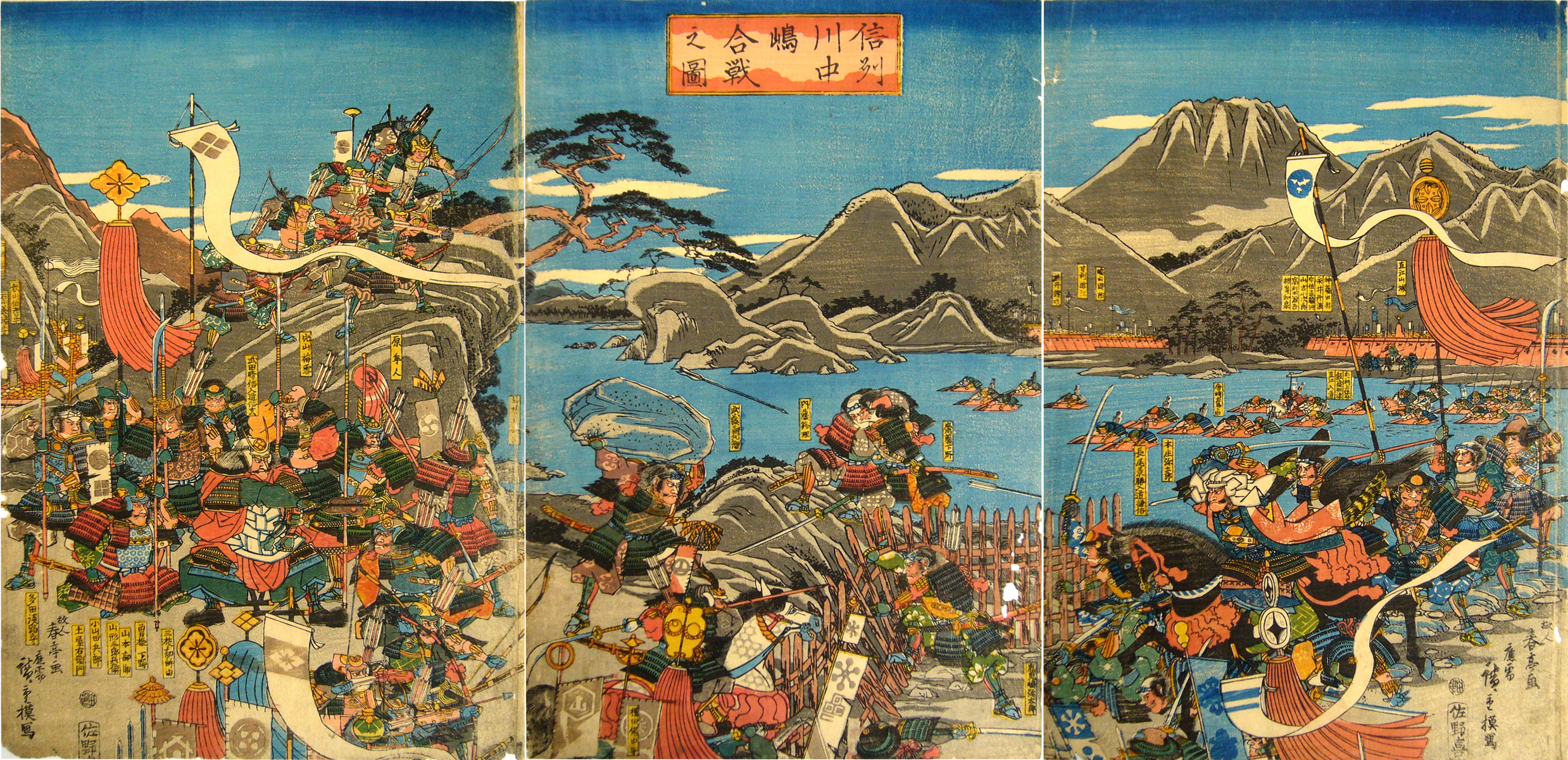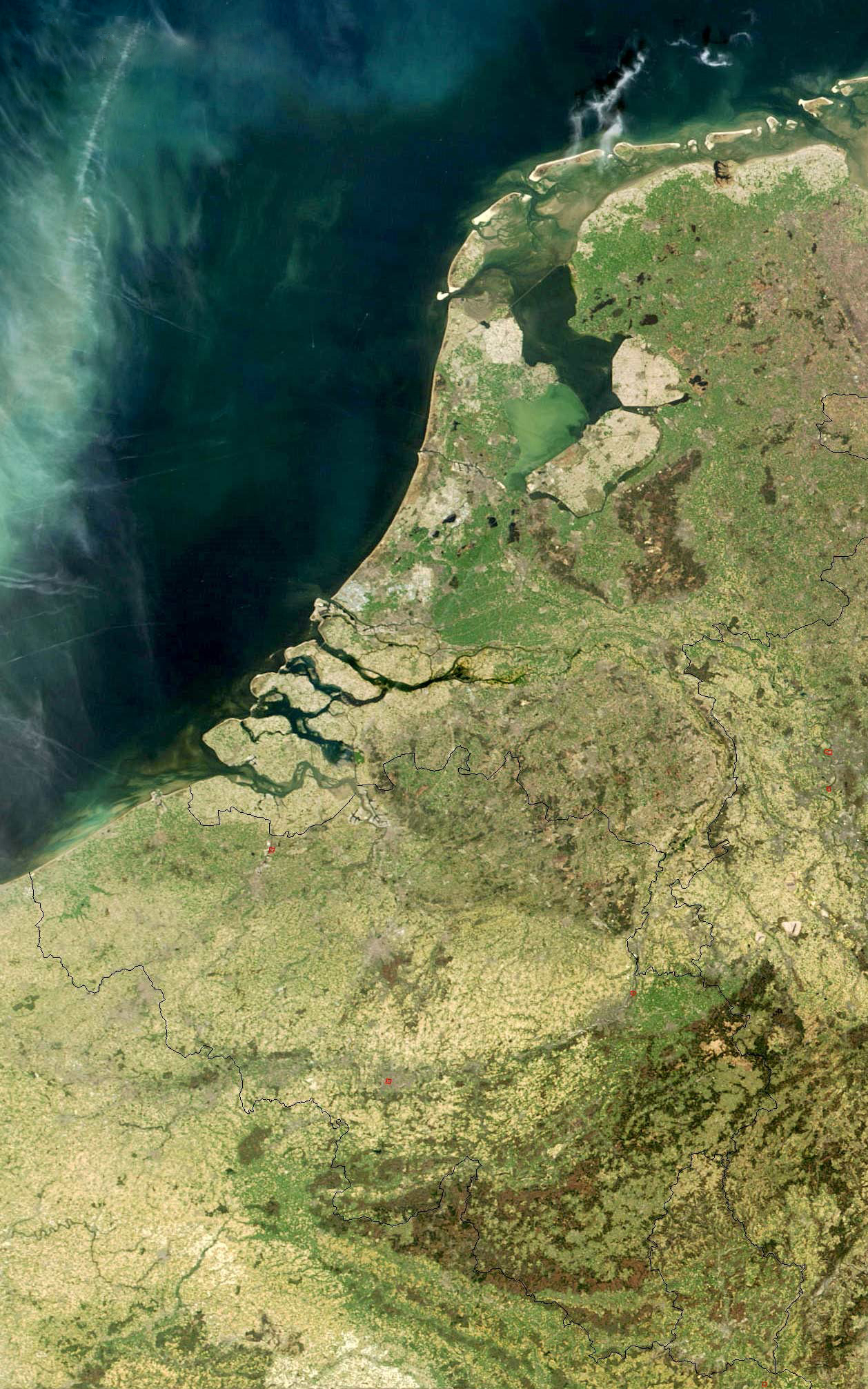|
Vincent Geldersman
Vincent Sellaer (1490–1564), was a Flemish Renaissance painter known for his mythological and religious subjects. His works stand out through their monumentality of form and their mixing of Italian and northern styles.Karl T. Johns. "Sellaer, Vincent." Grove Art Online. Oxford Art Online. Oxford University Press. Web. 29 October 2016 Life Very few biographical details of this artist are known with any level of certainty. Nothing much is known about the artist other than that he flourished in Mechelen around 1538. While there is still no consensus among scholars, a majority believe that Vincent Sellaer should be identified with the artist to whom the early 17th century biographer Karel van Mander referred as ''Vincent Geldersman''. Van Mander described Sellaer as a good painter of allegories, such as Leda with two eggs, Susanna and the elders, and Cleopatra with the asp. Van Mander mentioned him in his ''Life of Frans Minnebroer'' as one of the notable painters of Mechelen. [...More Info...] [...Related Items...] OR: [Wikipedia] [Google] [Baidu] |
Vincent Sellaer - Mars En Venus Verrast Door Vulcanus - M - Museum Leuven 23-11-2013 16-01-40
Vincent ( la, Vincentius) is a male given name derived from the Roman name Vincentius, which is derived from the Latin word (''to conquer''). People with the given name Artists * Vincent Apap (1909–2003), Maltese sculptor *Vincent van Gogh (1853–1890), Dutch Post-Impressionist painter *Vincent Munier (born 1976), French wildlife photographer Saints * Vincent of Saragossa (died 304), deacon and martyr, patron saint of Lisbon and Valencia * Vincent, Orontius, and Victor (died 305), martyrs who evangelized in the Pyrenees * Vincent of Digne (died 379), French bishop of Digne * Vincent of Lérins (died 445), Church father, Gallic author of early Christian writings * Vincent Madelgarius (died 677), Benedictine monk who established two monasteries in France * Vincent Ferrer (1350–1419), Valencian Dominican missionary and logician * Vincent de Paul (1581–1660), Catholic priest who served the poor * Vicente Liem de la Paz (Vincent Liem the Nguyen, 1732–1773), Vincent Duon ... [...More Info...] [...Related Items...] OR: [Wikipedia] [Google] [Baidu] |
Moretto Da Brescia
Alessandro Bonvicino (also Buonvicino) (possibly 22 December 1554), more commonly known as Moretto, or in Italian Il Moretto da Brescia (the Moor of Brescia), was an Italian Renaissance painter from Brescia, where he also mostly worked. His dated works span the period from 1524 to 1554, but he was already described as a master in 1516. He was mainly a painter of altarpieces that tend towards sedateness, mostly for churches in and around Brescia, but also in Bergamo, Milan, Verona, and Asola; many remain in the churches they were painted for. Most are on canvas, but a number even of large ones are on wood panel. Only a handful of drawings survive. He also painted a few portraits, but these are more influential. A full-length '' Portrait of a Man'' in the National Gallery, London, dated 1526, seems to be the earliest Italian independent portrait at full length, all the more unexpected as the subject, though clearly a wealthy nobleman, shows no sign of being from a princely r ... [...More Info...] [...Related Items...] OR: [Wikipedia] [Google] [Baidu] |
1564 Deaths
Year 1564 ( MDLXIV) was a leap year starting on Saturday (link will display the full calendar) of the Julian calendar. Events January–June * January 26 – Livonian War – Battle of Ula: A Lithuanian surprise attack results in a decisive defeat of the numerically superior Russian forces. * March 25 – Battle of Angol in Chile: Spanish Conquistador Lorenzo Bernal del Mercado defeats and kills the toqui Illangulién. * June 22 – French settlers abandon Charlesfort, the first French attempt at colonizing what is now the United States, and establish Fort Caroline in Florida. July–December * July – English merchant Anthony Jenkinson returns to London from his second expedition to the Grand Duchy of Moscow, having gained a considerable extension of trading rights for the English Muscovy Company. * September 4 – The Ronneby Bloodbath takes place in Ronneby, Denmark (now in Sweden). * September 10 – Battle of Kawanakaji ... [...More Info...] [...Related Items...] OR: [Wikipedia] [Google] [Baidu] |
1490 Births
149 may refer to: * 149 (number), a natural number * AD 149, a year in the 2nd century AD * 149 BC, a year in the 2nd century BC * British Airways Flight 149, a flight from LHR to Kuwait City International Airport; the aircraft flying this flight was destroyed by Iraqi troops See also * List of highways numbered 149 * {{Number disambiguation ... [...More Info...] [...Related Items...] OR: [Wikipedia] [Google] [Baidu] |
Low Countries
The term Low Countries, also known as the Low Lands ( nl, de Lage Landen, french: les Pays-Bas, lb, déi Niddereg Lännereien) and historically called the Netherlands ( nl, de Nederlanden), Flanders, or Belgica, is a coastal lowland region in Northwestern Europe forming the lower basin of the Rhine–Meuse–Scheldt delta and consisting of three countries: Belgium, the Netherlands and Luxembourg. Geographically and historically, the area also includes parts of France and Germany such as the French Flanders and the German regions of East Frisia and Cleves. During the Middle Ages, the Low Countries were divided into numerous semi-independent principalities. Historically, the regions without access to the sea linked themselves politically and economically to those with access to form various unions of ports and hinterland, stretching inland as far as parts of the German Rhineland. Because of this, nowadays not only physically low-altitude areas, but also some hilly or elevated ... [...More Info...] [...Related Items...] OR: [Wikipedia] [Google] [Baidu] |
Vincent Sellaer - Christ Blessing The Children
Vincent ( la, Vincentius) is a male given name derived from the Roman name Vincentius, which is derived from the Latin word (''to conquer''). People with the given name Artists * Vincent Apap (1909–2003), Maltese sculptor *Vincent van Gogh (1853–1890), Dutch Post-Impressionist painter *Vincent Munier (born 1976), French wildlife photographer Saints * Vincent of Saragossa (died 304), deacon and martyr, patron saint of Lisbon and Valencia * Vincent, Orontius, and Victor (died 305), martyrs who evangelized in the Pyrenees * Vincent of Digne (died 379), French bishop of Digne * Vincent of Lérins (died 445), Church father, Gallic author of early Christian writings * Vincent Madelgarius (died 677), Benedictine monk who established two monasteries in France * Vincent Ferrer (1350–1419), Valencian Dominican missionary and logician * Vincent de Paul (1581–1660), Catholic priest who served the poor * Vicente Liem de la Paz (Vincent Liem the Nguyen, 1732–1773), Vincent Duon ... [...More Info...] [...Related Items...] OR: [Wikipedia] [Google] [Baidu] |
Clair-obscur
Chiaroscuro ( , ; ), in art, is the use of strong contrasts between light and dark, usually bold contrasts affecting a whole composition. It is also a technical term used by artists and art historians for the use of contrasts of light to achieve a sense of volume in modelling three-dimensional objects and figures. Similar effects in cinema, and black and white and low-key photography, are also called chiaroscuro. Further specialized uses of the term include chiaroscuro woodcut for coloured woodcuts printed with different blocks, each using a different coloured ink; and chiaroscuro drawing for drawings on coloured paper in a dark medium with white highlighting. Chiaroscuro is one of the canonical painting modes of the Renaissance (alongside cangiante, sfumato and unione) (see also Renaissance art). Artists known for using the technique include Leonardo da Vinci, Caravaggio Rembrandt, Vermeer and Goya, and Georges de La Tour. History Origin in the chiaroscuro drawing ... [...More Info...] [...Related Items...] OR: [Wikipedia] [Google] [Baidu] |
Sfumato
Sfumato (, ) is a painting technique for softening the transition between colours, mimicking an area beyond what the human eye is focusing on, or the out-of-focus plane. It is one of the canonical painting modes of the Renaissance. Leonardo da Vinci was the most prominent practitioner of sfumato, based on his research in optics and human vision, and his experimentation with the camera obscura. He introduced it and implemented it in many of his works, including the '' Virgin of the Rocks'' and in his famous painting of the ''Mona Lisa''. He described sfumato as "without lines or borders, in the manner of smoke". According to the theory of the art historian Marcia B. Hall, which has gained considerable acceptance, ''sfumato'' is one of four modes of painting colours available to Italian High Renaissance painters, along with cangiante, chiaroscuro, and unione. Etymology The word ''sfumato'' comes from the Italian language and is derived from ''fumo'' ("smoke", "fume"). Sfumat ... [...More Info...] [...Related Items...] OR: [Wikipedia] [Google] [Baidu] |
Putti
A putto (; plural putti ) is a figure in a work of art depicted as a chubby male child, usually naked and sometimes winged. Originally limited to profane passions in symbolism,Dempsey, Charles. ''Inventing the Renaissance Putto''. University of North Carolina Press, Chapel Hill and London, 2001. the putto came to represent the sacred cherub (plural cherubim), and in Baroque art the putto came to represent the omnipresence of God. A putto representing a cupid is also called an amorino (plural amorini) or amoretto (plural amoretti). Etymology The more commonly found form ''putti'' is the plural of the Italian word ''putto''. The Italian word comes from the Latin word ''putus'', meaning "boy" or "child". Today, in Italian, ''putto'' means either toddler winged angel or, rarely, toddler boy. It may have been derived from the same Indo-European root as the Sanskrit word "putra" (meaning "boy child", as opposed to "son"), Avestan ''puθra''-, Old Persian ''puça''-, Pahlavi (Middl ... [...More Info...] [...Related Items...] OR: [Wikipedia] [Google] [Baidu] |
Raphael
Raffaello Sanzio da Urbino, better known as Raphael (; or ; March 28 or April 6, 1483April 6, 1520), was an Italian painter and architect of the High Renaissance. His work is admired for its clarity of form, ease of composition, and visual achievement of the Neoplatonic ideal of human grandeur. Together with Leonardo da Vinci and Michelangelo, he forms the traditional trinity of great masters of that period. His father was court painter to the ruler of the small but highly cultured city of Urbino. He died when Raphael was eleven, and Raphael seems to have played a role in managing the family workshop from this point. He trained in the workshop of Perugino, and was described as a fully trained "master" by 1500. He worked in or for several cities in north Italy until in 1508 he moved to Rome at the invitation of the pope, to work on the Vatican Palace. He was given a series of important commissions there and elsewhere in the city, and began to work as an architect. He was ... [...More Info...] [...Related Items...] OR: [Wikipedia] [Google] [Baidu] |
Andrea Del Sarto
Andrea del Sarto (, , ; 16 July 1486 – 29 September 1530) was an List of Italian painters, Italian painter from Florence, whose career flourished during the High Renaissance and early Mannerism. He was known as an outstanding fresco decorator, painter of altar-pieces, portraitist, draughtsman, and colorist. Although highly regarded during his lifetime as an artist ("without errors"), his renown was eclipsed after his death by that of his contemporaries Leonardo da Vinci, Michelangelo, and Raphael. Early life and training Andrea del Sarto was born Andrea d'Agnolo di Francesco di Luca in Florence on 16 July 1486. Since his father, Agnolo, was a tailor (Italian: '':wiktionary:sarto, sarto''), he became known as "del Sarto" (meaning "tailor's son"). Since 1677 some have attributed the surname Vannucchi with little documentation. By 1494 Andrea was apprenticed to a goldsmith, and then to a woodcarver and painter named Gian Barile, with whom he remained until 1498. According to ... [...More Info...] [...Related Items...] OR: [Wikipedia] [Google] [Baidu] |






